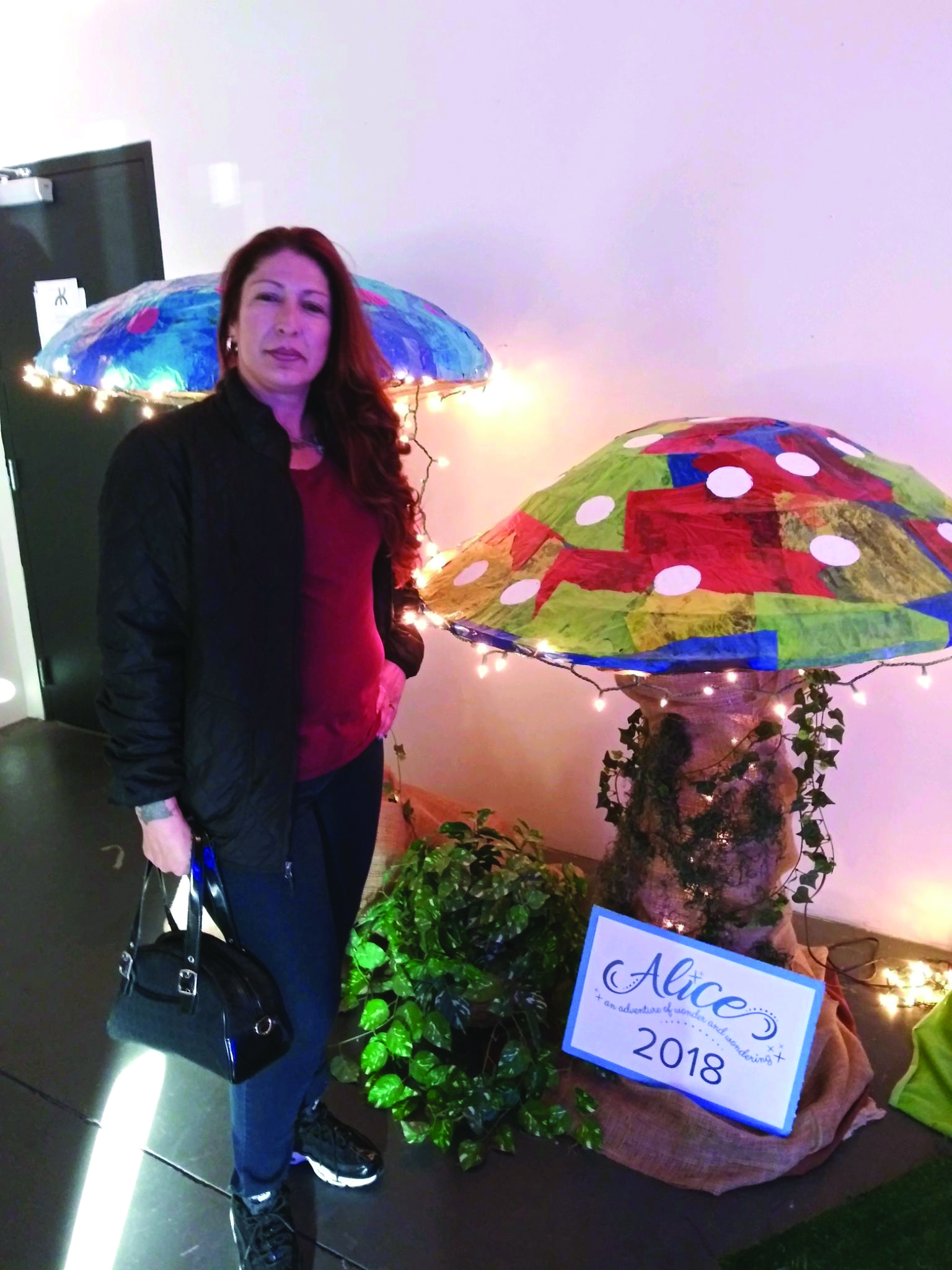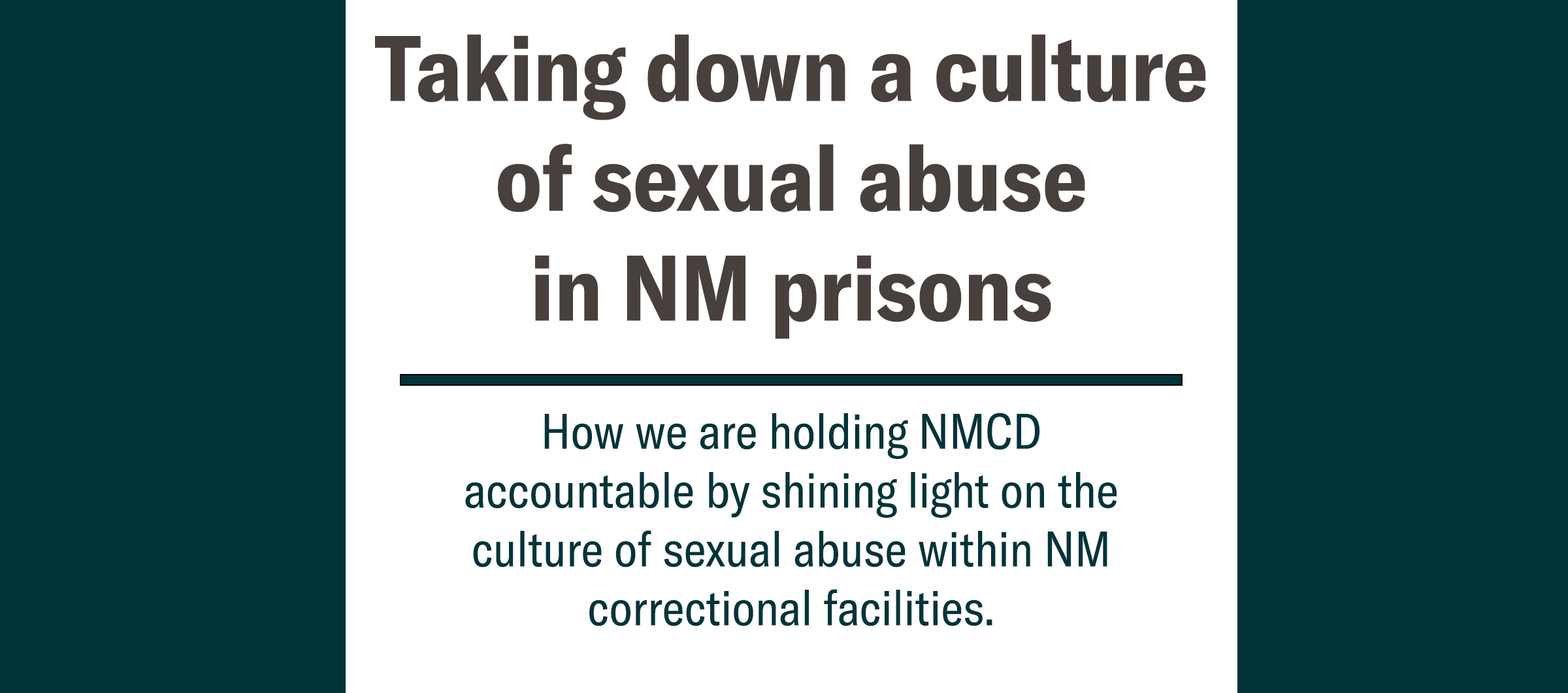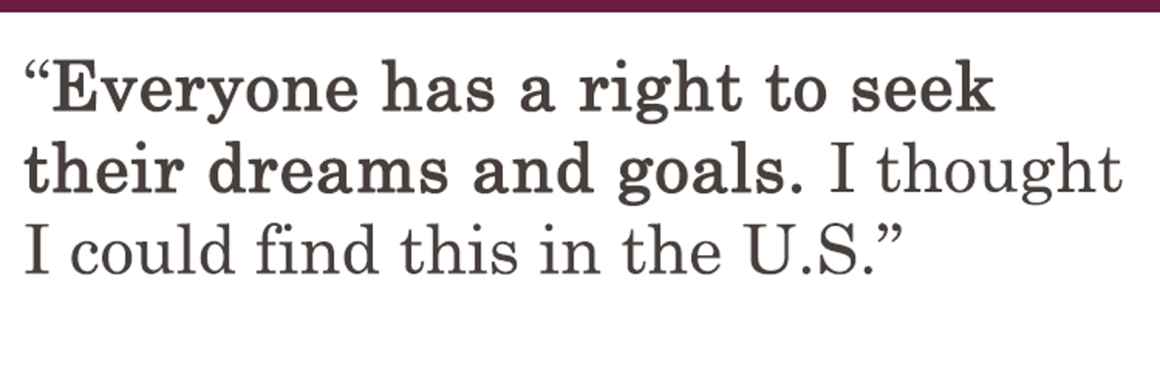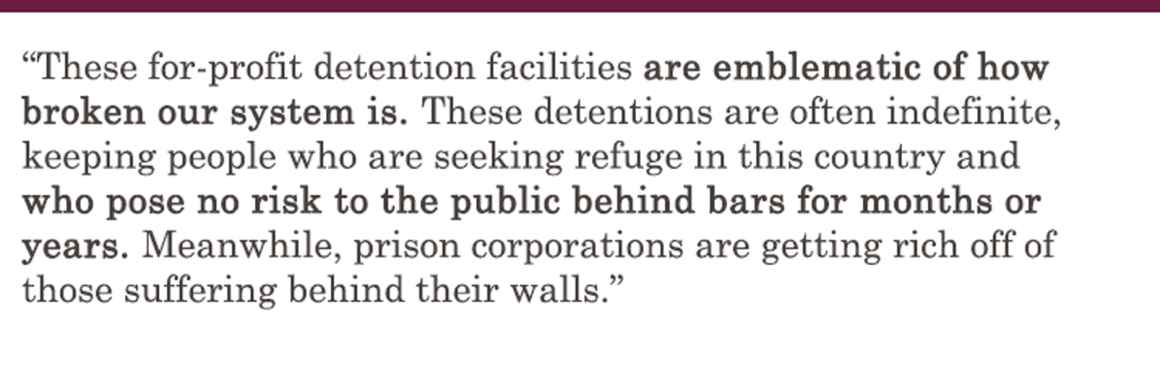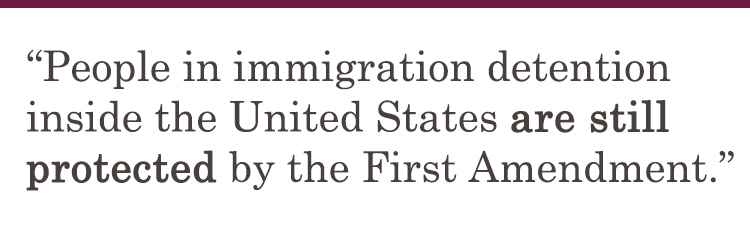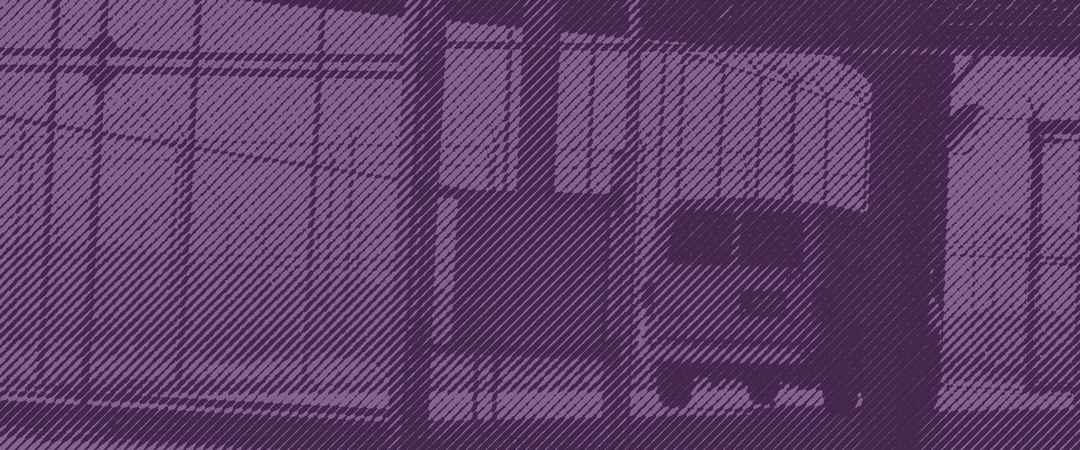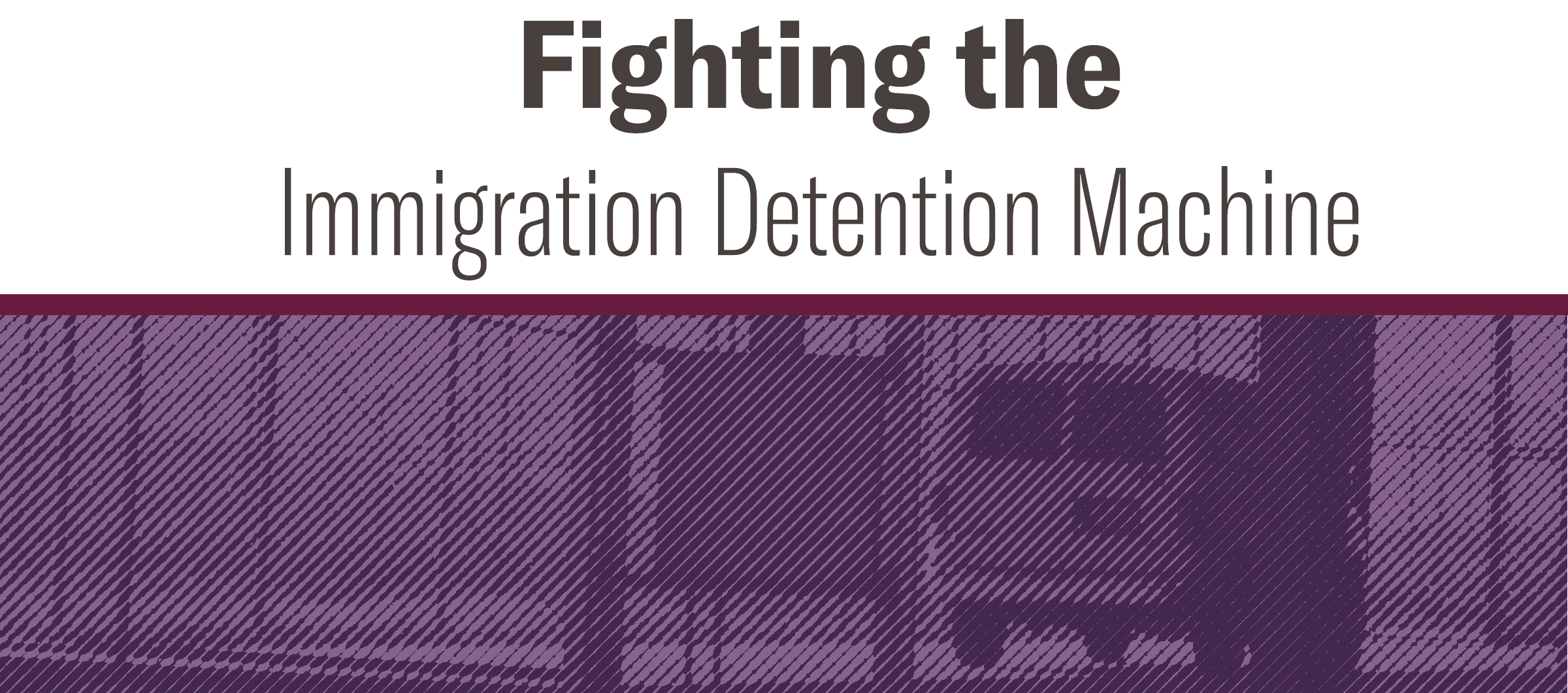*Warning: This article contains depictions of sexual violence that may be difficult for some people to read.
Stories of Survivors
Lisa Jaramillo was excited to take up a job in maintenance at the Western New Mexico Correctional Facility in January of 2017. At 85 cents per hour, her earnings were meager—consistent with the United States’ longstanding practice of exploiting incarcerated people for cheap labor. Although it took her nearly half a day of work just to be able to afford a box of tampons, Lisa says her job offered her an escape from the crushing monotony of life in prison, as well as a sense of meaning and stability.
“I was embarrassed to be in there already and to have my family supporting me or asking them for money...it’s hard for us to live in there with nothing,” Lisa said. “And so, I took pride in it. I was learning a lot of stuff.”
Whatever joy her job provided her quickly vanished.
Within months, her supervisor, Eluid Stan Arguello, who she had come to trust, began to use his position of power to take advantage of her by grabbing her buttocks and trying to hold her hand on the job. At the end of April, while they were working alone out in the facility sheds preparing for an upcoming audit, Lisa says Arguello took his abuse to the next level. While she was descending from a ladder, he pulled down her pants and forced himself on her violently.

After the attack, Lisa was terrified to return to work. Though she wanted to report Arguello to ensure he wouldn’t abuse her again, she feared other officers, many of who knew Arguello had abused her, would protect him over her, or worse, retaliate against her, as was common in the prison. Instead she requested a transfer to the warehouse, where she previously worked, but was told Arguello “wouldn’t let her go.”
Not only did Arguello abuse Lisa again, but a second officer, Michael Martinez, began to force himself on her, demanding to “have his turn.” Lisa was trapped and didn’t trust anyone to help her.
In late June, after another employee observed Arguello dropping off a bag of food to Lisa’s pod and reported it, Lisa found the courage to disclose Arguello’s abuse to officers from the Security Threat Intelligence Unit. Rather than taking immediate action to protect her, they revoked her phone privileges, locked her in solitary confinement for over a week, and took away a year of good time, extending her time behind bars. As a result of the retaliation, she did not tell them at that time that Martinez had also sexually abused her.
“I started blaming myself for a long time,” Lisa said. “I’d ask, ‘What am I doing wrong?’ And then finally it turned into, ‘No, I am angry at them.’”
Sadly, Lisa’s story is not unique.
That same year, over in Springer Correctional Facility, Rebecca Martinez was also sexually assaulted by her job supervisor. She, like Lisa, says she used to enjoy her time at work and away from her pod. But in February 2017, when she was switched to the morning shift in the kitchen, she soon began to dread going into work. Her new supervisor, Christopher James Padilla, started making lewd sexual comments to her regularly. Within weeks, he trapped her in the walk-in refrigerator and demanded she show him her breasts or he would take away her good time credits.
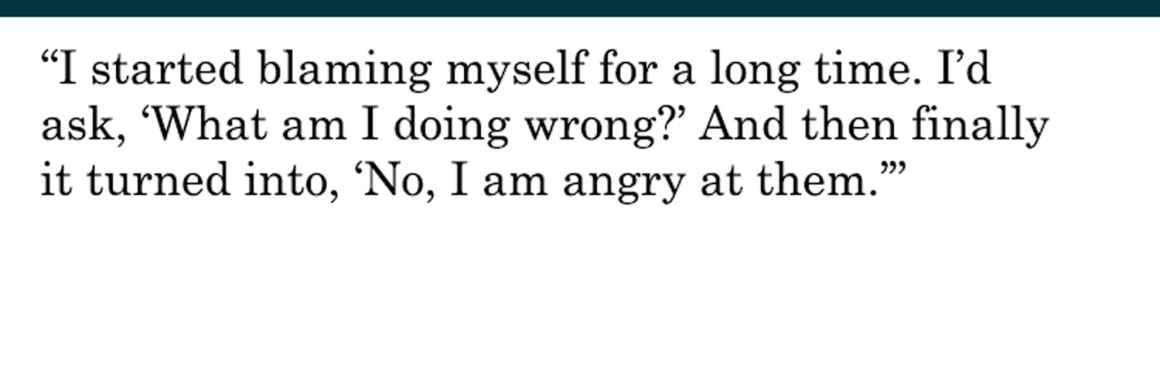
“You feel like you’re stuck in a corner and you can’t get out,” Rebecca said. “Do you just sit there and deal with it so you can support yourself and stay away from all the other negative things that are going on [in the prison] or do you say something? And then what happens?”
In March, Padilla escalated his abuse. When Rebecca went to retrieve a tool from Padilla’s office, he rubbed his genitals on her. In the days afterward, he threatened to get her in trouble if she reported him and told her no one would believe her.
“I felt really bad about it,” Rebecca said. “I felt really insecure at first, like it was my fault. And I couldn’t really do anything about it. I started getting really depressed.”
“I felt really insecure at first, like it was my fault. And I couldn’t really do anything about it. I started getting really depressed.”
It wasn’t until the end of March, after Rebecca was discharged from the kitchen for an illness, that she finally felt safe to report Padilla. Though her complaint should have been kept confidential, in under a day news spread that Rebecca reported Padilla, leading to backlash and threats. Rebecca’s mental health quickly began to deteriorate, prompting officials to transfer her to Western New Mexico Correctional Facility.
Days earlier, Jane Doe,* who was also incarcerated at Western New Mexico facility, had just discovered she was pregnant. The person responsible was Officer Benny Chee—someone she once considered a friend and confidant.
Like many incarcerated women, Jane came to prison with a tragic personal history of trauma and abuse. Jane said Chee gained her trust by bringing her into the control room where they would talk at length about her pain and he would offer advice. But by mid-February, Chee demanded more than conversation from Jane. Over the course of several weeks he sexually assaulted and raped her four times.
Jane was desperate for the abuse to stop, but like Lisa and Rebecca, she did not think anyone would believe her, or worse, that she would be blamed and punished.
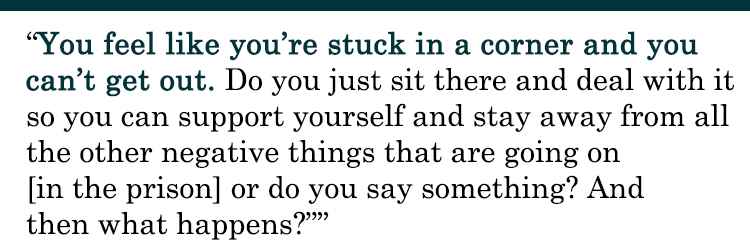
Her fears were well-founded. After Chee impregnated her, and after she suffered a painful miscarriage eight weeks into her pregnancy, Jane said Chee’s former coworkers and supervisors harassed, verbally abused, and blamed her for what he had done.
While former officers Chee, Martinez, and Arguello were charged with felony crimes, Padilla remained a correctional officer at Springer Correctional Center until November 2019, even though several other women came forward to report that he abused them too. As of this writing, he has not been criminally charged.
Power and Pervasive Abuse
“Just because we’re in prison doesn’t mean that we’re not human and we can just be treated any type of way.”
Corrections officers wield a tremendous amount of power over incarcerated people, controlling where they go, who they communicate with, and whether they may be employed. They also have the power to revoke their phone privileges, isolate them in solitary confinement, and extend their sentences by taking away their good time.
Every year, hundreds of correctional officers across the United States use their positions of power to perpetrate abuse. For this very reason, Congress enacted the Prison Rape Elimination Act (PREA) in 2003. In recognition of the extreme power differentials between corrections officers and incarcerated people, under PREA sexual activity between a staff member and an incarcerated individual is never consensual and is always against the law. It is also a felony offense under New Mexico law.
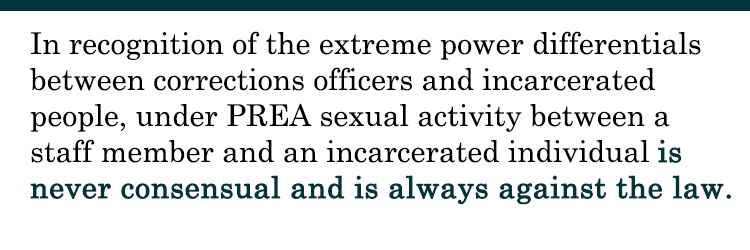
In 2012, The United States Department of Justice issued a set of standards requiring detention facilities to provide educational training on sexual assault and rape, offer multiple avenues for incarcerated people to report abuse, and to investigate all allegations of misconduct, yet sexual assault remains rampant. A 2018 DOJ report revealed 2,205 substantiated instances of staff-on-inmate sexual victimization from 2012-2015 across all U.S. detention facilities. The actual number of instances of abuse may be much higher, as over 36,000 allegations were made and many instances likely go unreported for fear of retaliation.
Holding NMCD Facilities Accountable
When correctional facilities ignore, dismiss, and fail to take seriously allegations of sexual assault and rape, they embolden those correctional officers who have abused their power to continue doing so and turn facilities into hotbeds of sexual abuse.
"We’re determined to do everything in our power to eradicate the culture of sexual violence that has permeated New Mexico correctional facilities.”
That’s why this year the ACLU of New Mexico filed a series of lawsuits against the New Mexico Corrections Department,Western New Mexico Corrections Facility, and various individual corrections officials for fostering an environment rife with sexual abuse. Staff attorney and Equal Justice Works Fellow Lalita Moskowitz led the charge, beginning with a lawsuit in April on behalf of Lisa Jaramillo, followed by two more lawsuits over the next six months on behalf of Rebecca and Jane.
“While incarcerated, individuals give up a great many comforts and privileges, but they never relinquish their right to bodily autonomy or their right to be free from cruel and unusual punishment,” said Moskowitz. “We’re inspired by the bravery that Lisa, Rebecca, and Jane have all shown in coming forward and we’re determined to do everything in our power to eradicate the culture of sexual violence that has permeated New Mexico correctional facilities.”
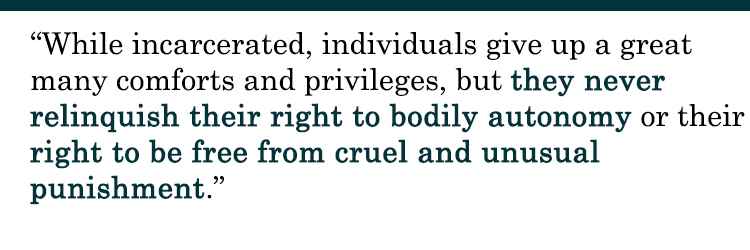
Lisa and Jane have both recently been released from prison and are attempting to rebuild their lives with their families. Rebecca will be released in the next year. All three women hope that through their lawsuits they can shed light on the extent of sexual abuse behind bars and prevent it from happening to other women.
“I really want to see change happen,” said Rebecca. “I feel like just because we’re inmates and we’re in prison nobody ever believes us. Just because we’re in prison doesn’t mean that we’re not human and we can just be treated any type of way.”
*A pseudonym has been used to protect Jane’s identity
Date
Monday, January 13, 2020 - 2:15pmFeatured image
